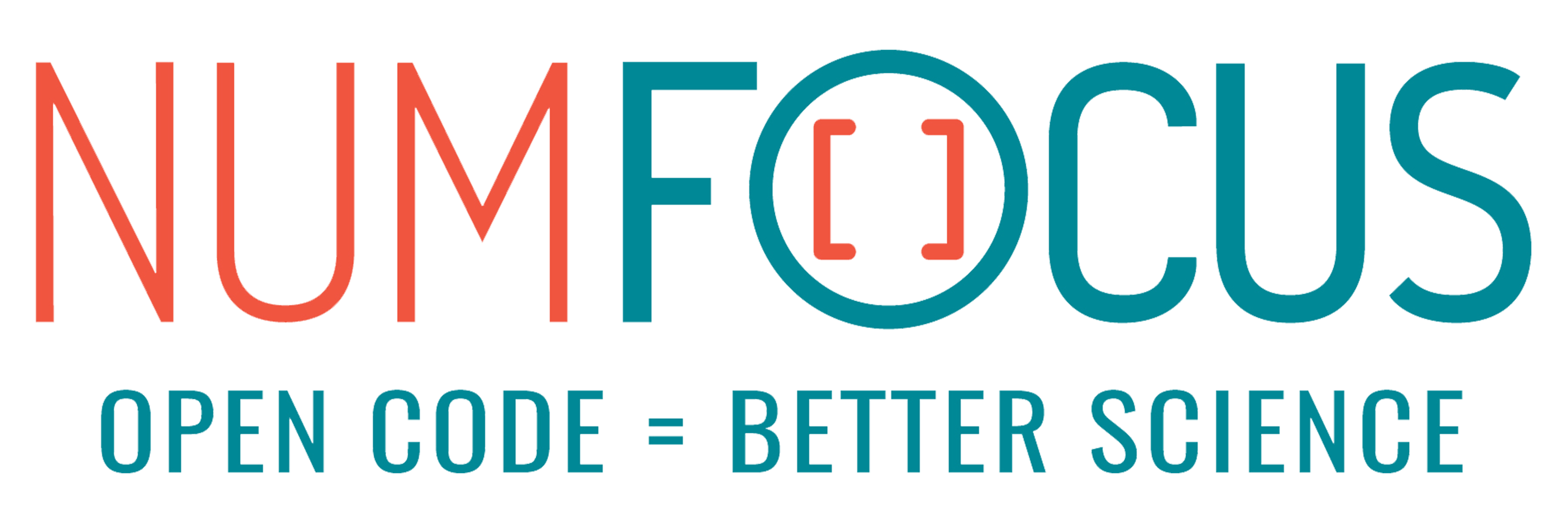DistortionML
Machine Learning approach for quantifying detector distortion fields. This project is a feasibility study for training a surrogate model (possibly NN) to represent the distortion inherent to X-ray pinhole cameras using a nearby, divergent source.
Things to do:
- remove the
hexrddependency- makea local version
detectorXYToGvec - replace the use of the instrument module by extracting the necessary parameters directly from the HDF5 config file.
- makea local version
- make a PyTorch implementation of the
pinhole_camera_module - set up a test training problem
Running
This project currently depends on hexrd; the simplest way to get running is to use conda. It is highly recommended to put hexrd into its own virtual env:
conda create --name hexrd python=3.8 hexrd -c conda-forge -c hexrd
For the bleeding edge version of hexrd, the channel spec is
conda create --name hexrd python=3.8 hexrd -c conda-forge -c hexrd/label/hexrd-prerelease
The script compute_tth_displacement.py executes the distortion field calculation based on the single-detector instrument in resources/. It has a progress bar, and plots the distortion field when it completes. You can run it interactively in your favorite IDE, or IPython:
ipython -i compute_tth_displacement.py
Parameters
The editable parameters are all located in the following block at the top of the script:
# =============================================================================
# %% PARAMETERS
# ============================================================================='
resources_path = './resources'
ref_config = 'reference_instrument.hexrd'
# geometric paramters for source and pinhole (typical TARDIS)
#
# !!! All physical dimensions in mm
#
# !!! This is the minimal set we'd like to do the MCMC over; would like to also
# include detector translation and at least rotation about its own normal.
rho = 32. # source distance
ph_radius = 0.200 # pinhole radius
ph_thickness = 0.100 # pinhole thickness
layer_standoff = 0.150 # offset to sample layer
layer_thickness = 0.01 # layer thickness
# Target voxel size
voxel_size = 0.2
The most sensitive parameter is voxel_size, which essentially will set the size of the problem, since the number of evaluations will increase quickly for increasing voxel size. Making layer_standoff larger will also increase the total number of voxels contributing for a particular voxel_size.




